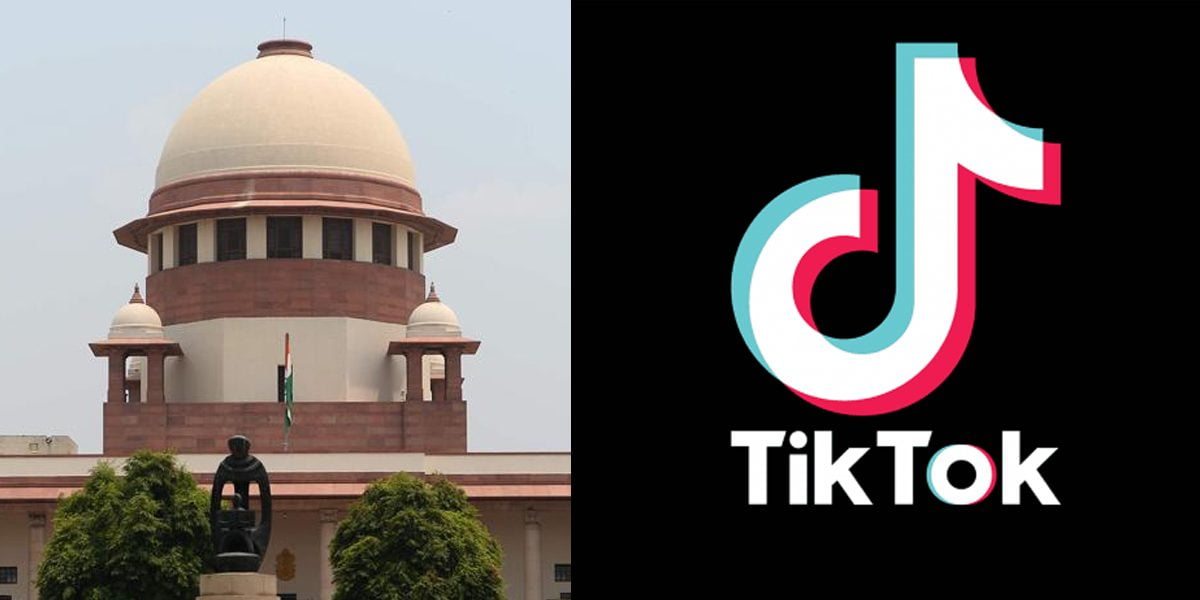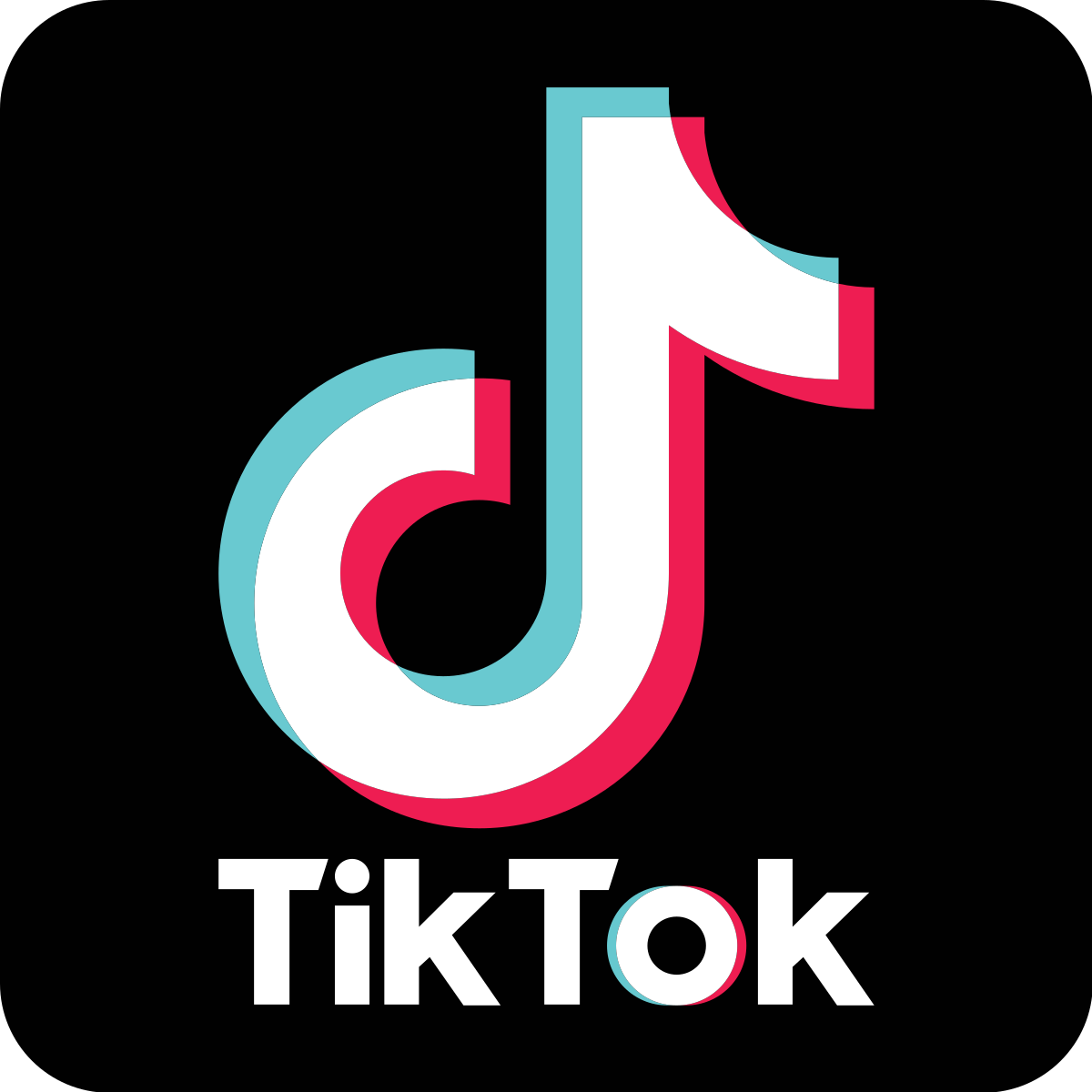Madras High Court has finally removed the ban on the video entertainment application TikTok. Earlier on the charges of pornography and adult material, the Madras High Court directed the centre to ban the TikTok Apk on April 3. Then the court had said that media report shows that obscene and inappropriate material is being provided through the app.

Senior advocate Isaac Mohanlal on behalf of Tolkok told the court that the company has adopted new technology to ensure that the adult/objectionable content would not be uploaded on the application. TikTok has also filed an affidavit in court and has convinced the court that restriction on porn and the objectionable content will be ensured on its app.

After refusing to ban the order of the Madras High Court by the Supreme Court, Google and Apple had removed Tikak from its app store so that it could not be downloaded. On April 22, the Supreme Court had told the Madras High Court that they will take a decision on April 24, if no decision is taken then Tiktok will automatically be banned. Bytedance had said in a statement on April 22 that due to the ban on TikTokin India, it is losing about $ 3.5 crores every day and there is also a threat of jobs of 250 employees in India.

The company had said that it will also increase the number of its employees by the end of this year and it will raise it to 1,000. The TikTok app lets its users create short-length videos and share them. This application is very much popular in India and mostly used by youngsters.

TikTok, in its court filing, compared the app with Facebook, Instagram, and Twitter and represented about 13 safety features, including parental control. This filing has shown that there is very little objectionable content on this platform. The company said that the freedom of expression of millions of Indian citizens after the ban was affected. In the Madras High Court, a personal petition was filed against TikTok on which the court had said that several objectionable contents are available in the application and there is a threat of exposure to children’s pornography.









